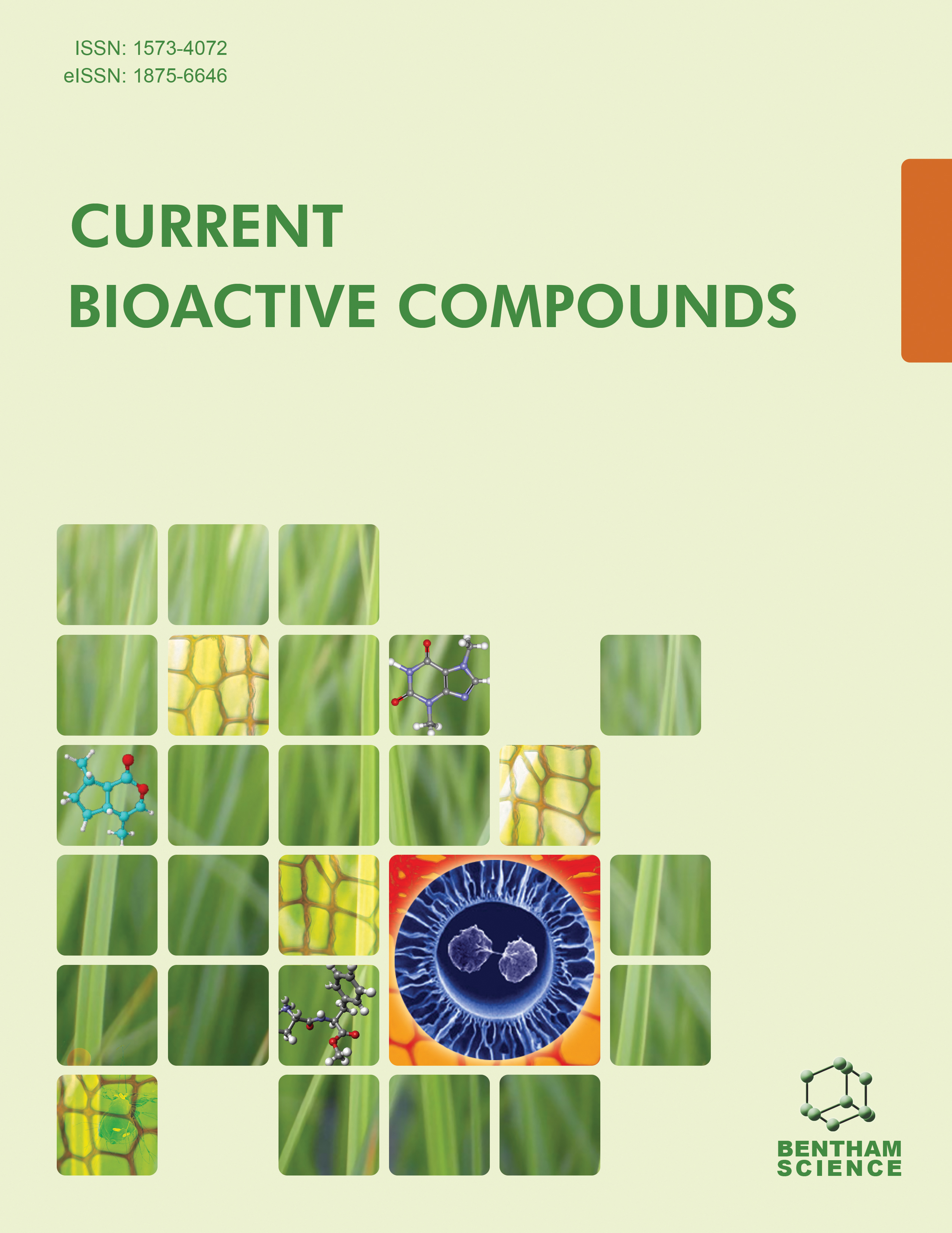
Full text loading...
Momordica dioica belongs to the family Cucurbitaceae and is generally known as teasle gourd or spiny gourd. This plant is highly significant for its active phytoconstituents bearing several pharmacological activities.
This study aims to evaluate the anthelmintic activity of biosynthesized Silver nanoparticles of Momordica dioica fruit extract against Pheretima Posthuma.
Momordica dioica silver nanoparticles were prepared by green synthesis and were characterized using spectroscopic methods like UV-visible, FTIR, and Scanning Electron Microscopy (SEM) techniques. The prepared silver nanoparticles were investigated for the targeted activity using Albendazole as standard and normal saline as the control.
The UV-visible spectrophotometer showed absorbance in the range of 424 nm. FTIR revealed the presence of functional groups of both extract and nanoparticles. The spherical shape of the AgNPs and their size ranges below 100 nm by SEM. The in-vitro anthelmintic activity showed the paralysis and mortality rate of the worms for the fruit extract, and silver nanoparticles were found to be 45.03 ± 0.1, 60.13 ± 0.1, and 12.35 ± 0.04, 22.34 ± 0.02 by One way ANOVA (p <0.0001).
The fruit extract converted to silver nanoparticles had better anthelmintic activity compared to the fruit extract. The paralysis and death time were reduced 4 to 5 times, which showed the improved effect of the silver nanoparticles of Momordica dioica extract.

Article metrics loading...

Full text loading...
References


Data & Media loading...

